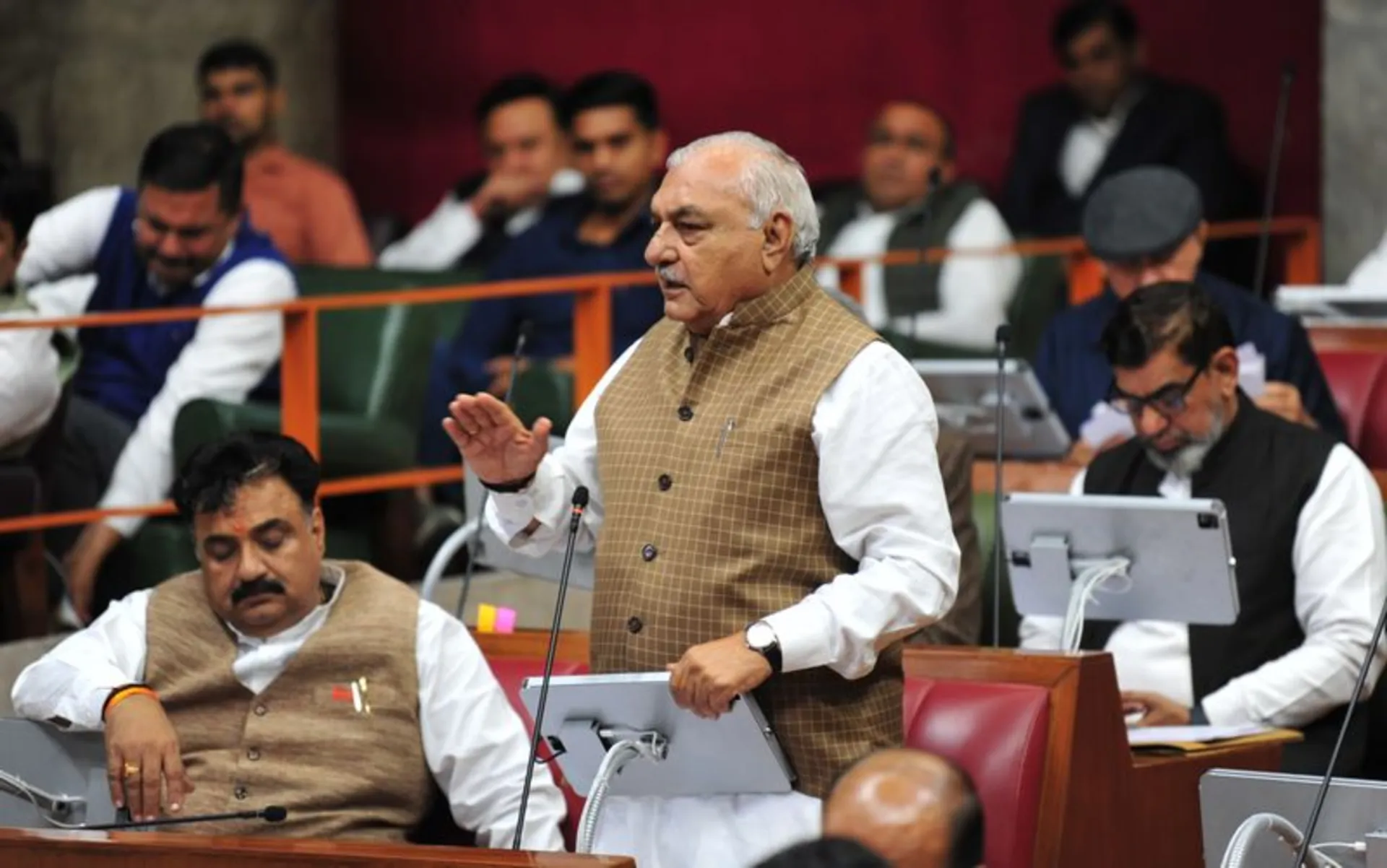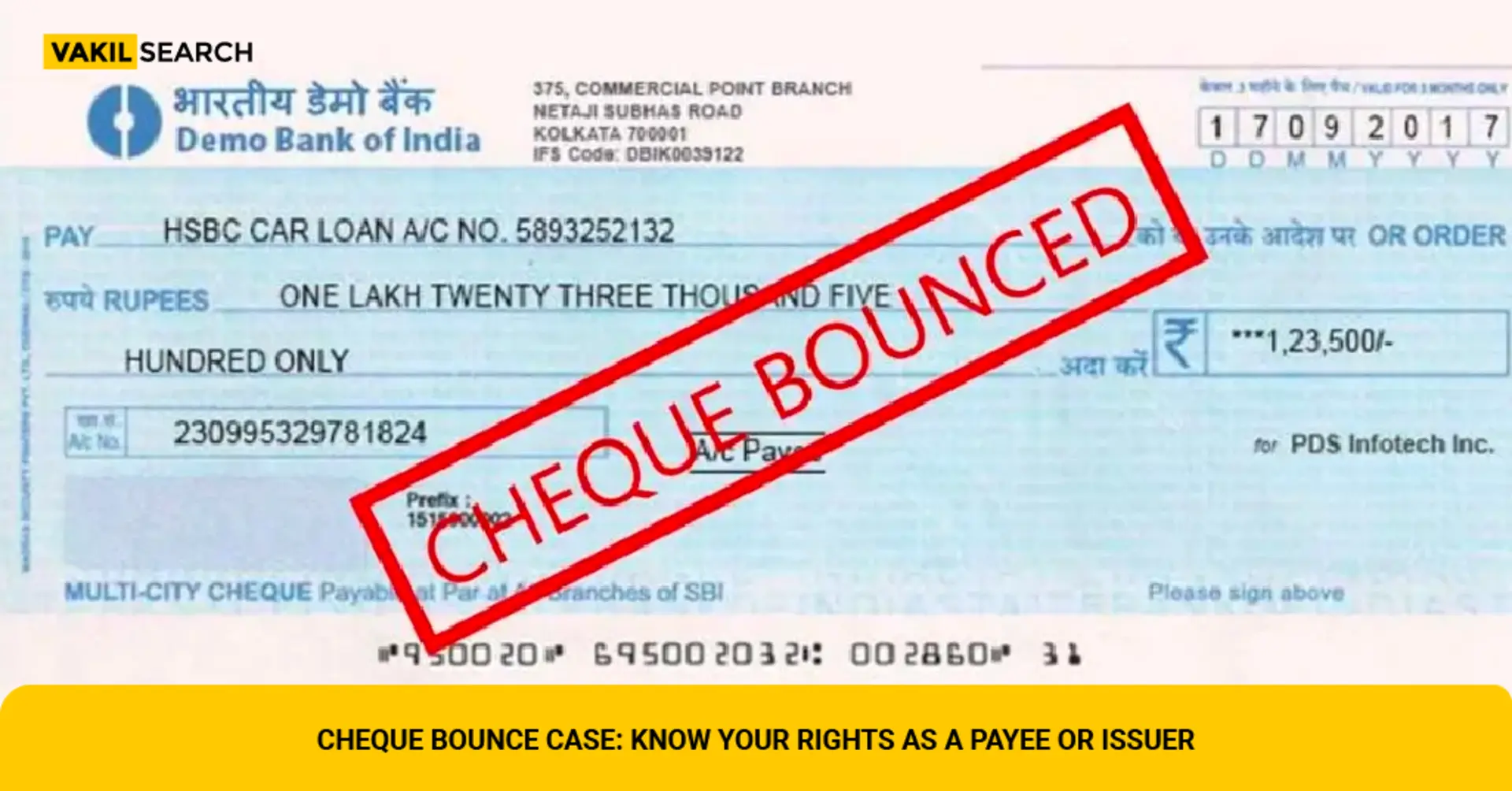
The upcoming Rajya Sabha bye-election in Haryana has ignited a complex political narrative, reflecting the intricate dynamics of the state's political ecosystem. The seat fell vacant following Krishan Lal Panwar's resignation on October 14, after he was elected as an MLA from Israna (Panipat) and subsequently elevated as a minister in the Nayab Singh Saini-led government.
Potential Candidates: A Diverse Political Spectrum
The BJP's candidate selection process reveals a sophisticated approach to representation and strategic political positioning. The potential candidates represent a diverse cross-section of the party's political talent:
Mohan Lal Badoli: The Party Strategist
State BJP chief Badoli, a Brahmin, played a pivotal role in securing the party's unprecedented third consecutive term in Haryana. His decision to not contest the Assembly elections to focus on party work demonstrates his organizational commitment. Party insiders suggest his leadership during the recent electoral campaign might be rewarded with the Rajya Sabha nomination.
Sanjay Bhatia: The Organizational Innovator
Bhatia, hailing from the influential Punjabi community, is credited with pioneering the "panna pramukh" concept—a grassroots organizational strategy that has been instrumental in the BJP's electoral success. His strategic decision to make way for former CM Manohar Lal Khattar in the Lok Sabha elections showcases his party-first approach.
Sunita Duggal: Representing Dalit Representation
As a prominent Dalit face in the party, Duggal represents the potential continuation of SC community representation. The previous Rajya Sabha member, Krishan Lal Panwar, also belonged to the Scheduled Caste community, making her candidature strategically significant.
Caste Calculus and Organizational Influence
The selection process is a delicate balance of caste mathematics and organizational loyalty. The RSS's influence is expected to be substantial, with the organization's connections playing a crucial role in the final candidate selection.
Jat Leadership: Rehabilitation and Representation
Veterans like OP Dhankar and Capt Abhimanyu, both influential Jat leaders, present an interesting narrative. Despite losing in the recent Assembly polls, the party might consider "rehabilitating" one of them to maintain strong community connections and signal political inclusivity.
Kuldeep Bishnoi: The Non-Jat Perspective
Bishnoi represents another strategic option—a non-Jat face that could help the party maintain a broader appeal and demonstrate internal diversity.
Electoral Arithmetic and Political Strategy
The electoral mathematics heavily favors the BJP. With 48 MLAs and support from three Independent legislators in the 90-member Assembly, the party requires 46 votes to secure the seat. The Opposition Congress (37 MLAs) and INLD (2 MLAs) are unlikely to mount a significant challenge.
Election Commission's Roadmap
The Election Commission of India has established a clear timeline:
- December 3: Notification issuance
- December 10: Deadline for nominations
- December 11: Nomination scrutiny
- December 13: Candidature withdrawal deadline
- December 20: Voting (9 AM to 4 PM)
- December 24: Complete election process
Broader Implications
This Rajya Sabha bye-election is more than just filling a vacancy. It represents a strategic opportunity for the BJP to showcase its internal democracy, reward organizational loyalty, and maintain its nuanced approach to community representation.
The selection will not only fill a parliamentary seat but also send significant political signals about the party's approach to leadership, diversity, and internal talent management.















